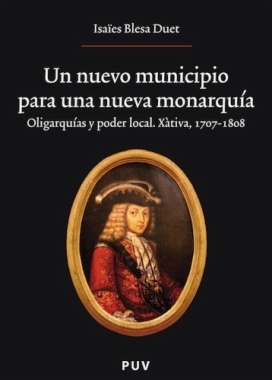
Estás filtrando por
Se encontraron 5388 resultados en recursos

Compartir este contenido
Un nuevo municipio para una nueva monarquía.
Copia el enlace o compártelo en redes sociales
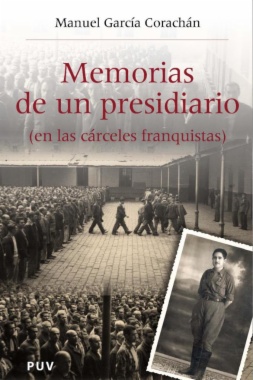
Memorias de un presidiario (en las cárceles franquistas)
Compartir este contenido
Memorias de un presidiario (en las cárceles franquistas)
Copia el enlace o compártelo en redes sociales
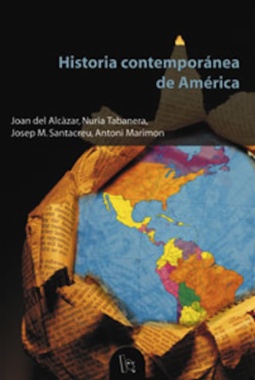
Historia contemporánea de América
Compartir este contenido
Historia contemporánea de América
Copia el enlace o compártelo en redes sociales
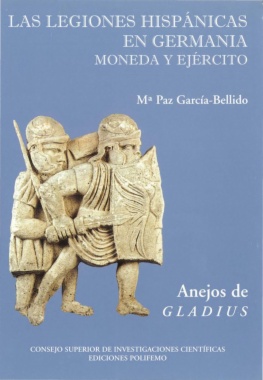
Las legiones hispánicas en Germania. Moneda y ejército
Compartir este contenido
Las legiones hispánicas en Germania. Moneda y ejército
Copia el enlace o compártelo en redes sociales
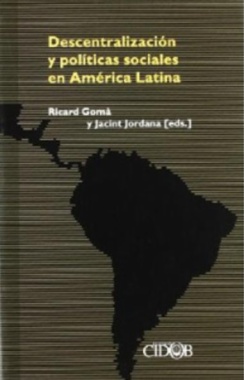
Descentralización y políticas sociales en América Latina
Compartir este contenido
Descentralización y políticas sociales en América Latina
Copia el enlace o compártelo en redes sociales
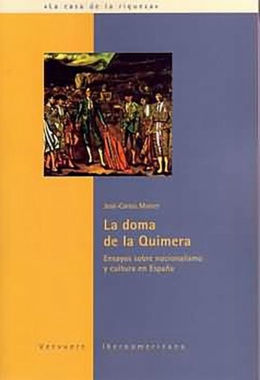
La doma de la Quimera
Compartir este contenido
La doma de la Quimera
Copia el enlace o compártelo en redes sociales
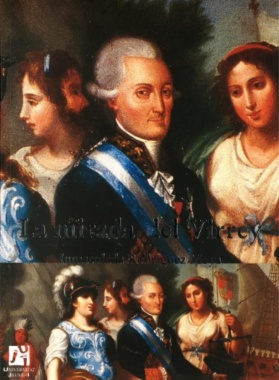
La mirada del virrey : iconografía del poder en la Nueva España
Compartir este contenido
La mirada del virrey : iconografía del poder en la Nueva España
Copia el enlace o compártelo en redes sociales
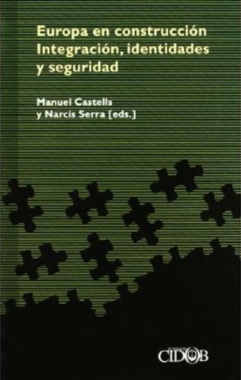
Europa en construcción: integración, identidades y seguridad
Compartir este contenido
Europa en construcción: integración, identidades y seguridad
Copia el enlace o compártelo en redes sociales
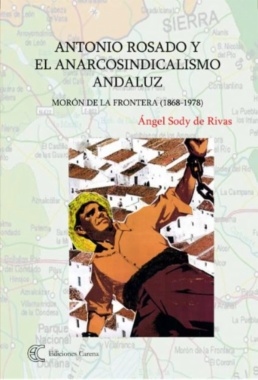
Antonio Rosado y el anarcosindicalismo andaluz
Compartir este contenido
Antonio Rosado y el anarcosindicalismo andaluz
Copia el enlace o compártelo en redes sociales
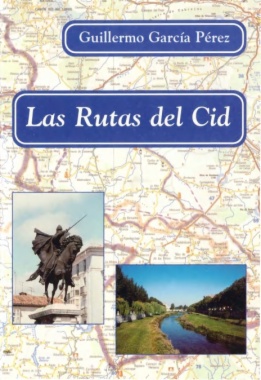
Las Rutas del Cid
Compartir este contenido
Las Rutas del Cid
Copia el enlace o compártelo en redes sociales
Selecciona las Colecciones en las que vas a añadir el contenido
Para consultar los contenidos añadidos busca la opción Tus colecciones en el menú principal o en Mi perfil.
